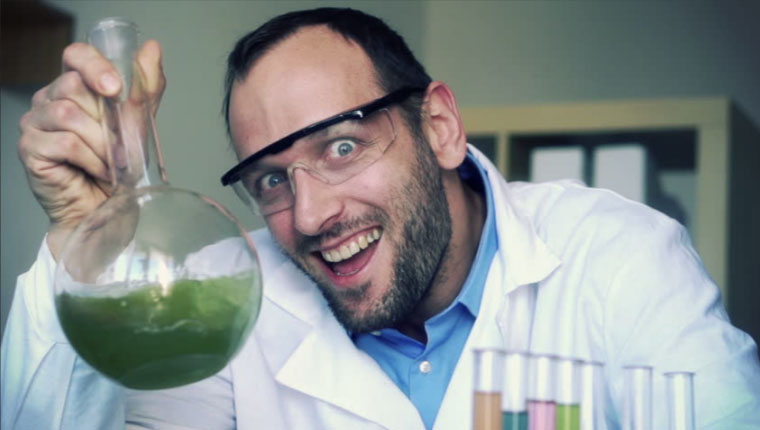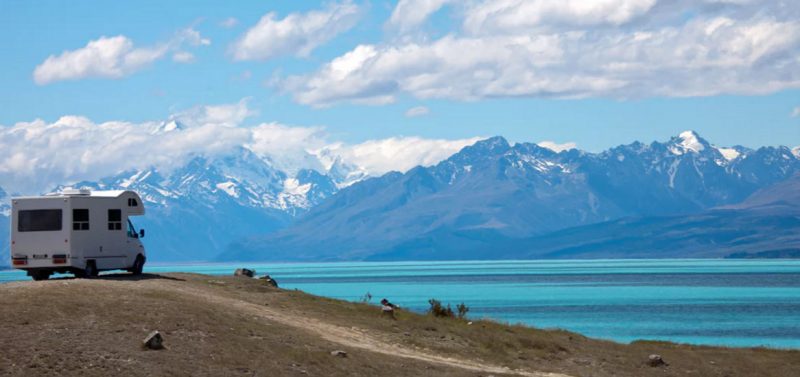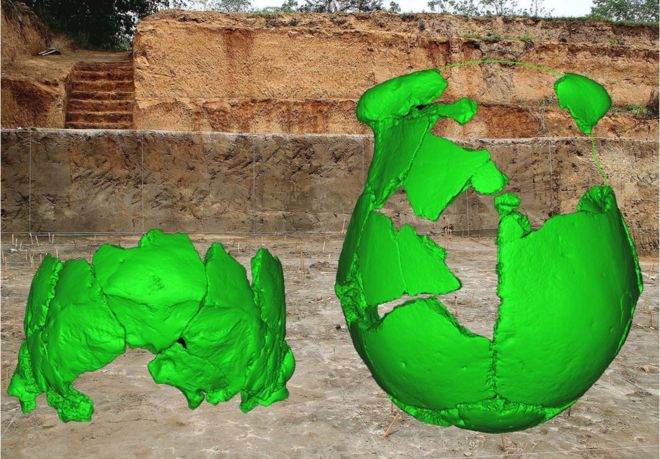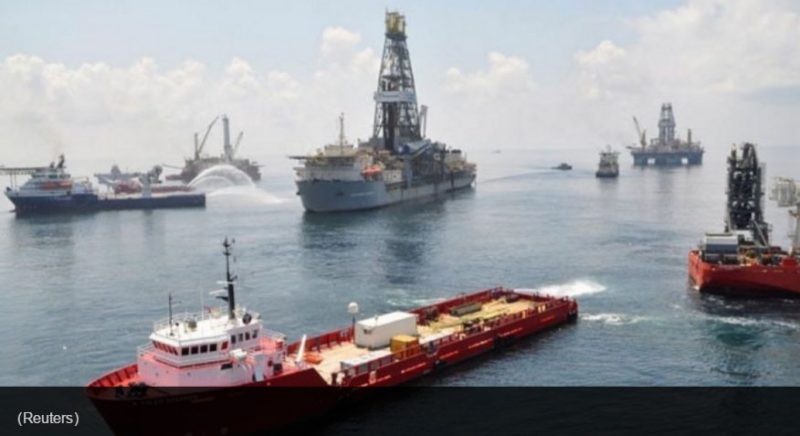According to the Chinese calendar, this year (2017 A.D.) is also the “Lunar Year of the Fire Rooster.” In accustomed fashion, Canada Post (CP) has issued a special stamp that celebrates the occasion with a new rooster issue, surely with more vivid colors than in the previous “Wood Rooster” (2005) issue.
With the Lunar calendar cycle repeating every 11 (Gregorian) calendar years or so, what’s different now? If you are an artist, you might note that (as per CP), the 2017 issue is significantly more red than the previous stamp, more or less artistic, and so forth. In both stamps the color blue is essentially absent. However, the rooster may not be as important as other “elements” for this year, namely the color BLUE and the element cobalt. 













